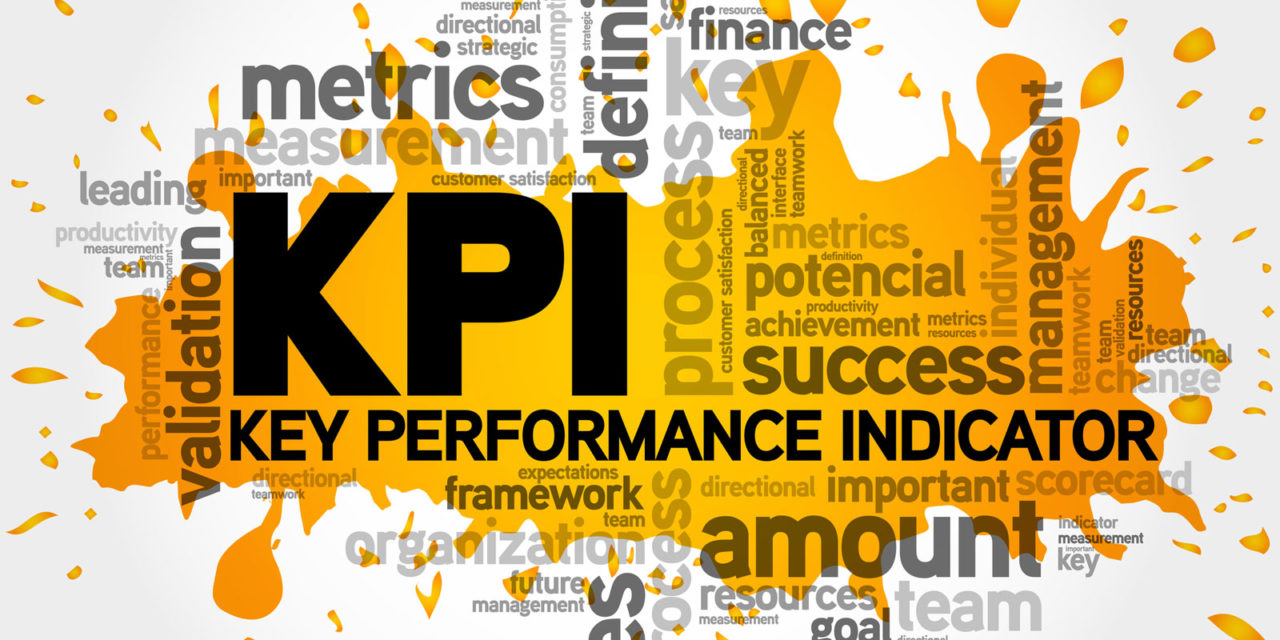Einstein said it best, science for science sake without good measurement would not lead to progress. With this in mind then, it is vital that we measure our performance whether it be in the laboratory, the manufacturing suite or some other department such as quality assurance. In fact, today, to attain the desired state of what we are calling the “Brilliant Factory State”, it is important to measure the whole enterprise so that we take advantage of and capitalize on the performance of the entire organization. Today in the new global economy this is vital to maintain competitiveness. Processing excellence in all life sciences organizations, be they pharmaceutical, biotechnology, medical device or dietary supplements, can only be achieved provided that there is a system of continuous improvement being employed that is underscored by appropriate key performance indicators (KPI’s). With these in place then we can measure improvement in performance as we make changes to our operating systems.
Choosing KPIs is often a complicated process and frequently organizations overburden themselves with too many measurement parameters, causing the maintenance of the idea to be burdensome to the group operating them. This is a big mistake since it will develop a culture of resistance to the changes you are trying to introduce, and this will lead to a breakdown in the whole continuous improvement philosophy. In our opinion, it is better to have fewer parameters to follow in order to build and the cooperation necessary to foster them working as intended. That said, they must be the RIGHT KPI’s and these are the few that will add real benefit. Keeping benefits front and center in the mines of those personnel collecting and using the data will assure a higher level of acceptance without resistance and hence the success that that will inevitably bring. A simple acronym that helps to focus the KPI selection process is “SMART”. Using SMART criteria will ensure the selection of the correct KPI’s that will affect real change and continuous improvement. So, what are they?
S – the measurement needs to be specific for the intended purpose for the business process.
M – the criteria should be measurable using some quantifiable mechanism.
A – the KPIs need to be achievable. Meaning if it’s not attainable due to some impediment that it’s not going to yield anything of real value.
R – the measured KPI needs to be relevant to the business process success. This will ensure that fringe non-core measurements will not be included, keeping things focused.
T – the measurement should include a time phased element that over some defined time period will provide a differentiation possibility that will enable changes to be clearly distinguished.
Provided these guidelines are followed, then you will have derived a mechanism to provide a basis to identify areas of constraints in the process and where nonvalue-added features exist. After analysis and by adjusting parameters sequentially and then remeasuring, a continuous process of improvement will be established that will enable the full potential of the business process and business to be realized.
The real value of KPIs then is that they allow and enable a clear understanding of what may be an operating constraint in your system. With this information one can then employ other tools to solve those issues such as FMEA and Fishbone analysis (Ishikawa analysis).
Having established the correct KPIs, the next task will be to develop metrics to deliver those performance indicators and suitable scorecards to deliver the metrics in some quantifiable way efficiently.





